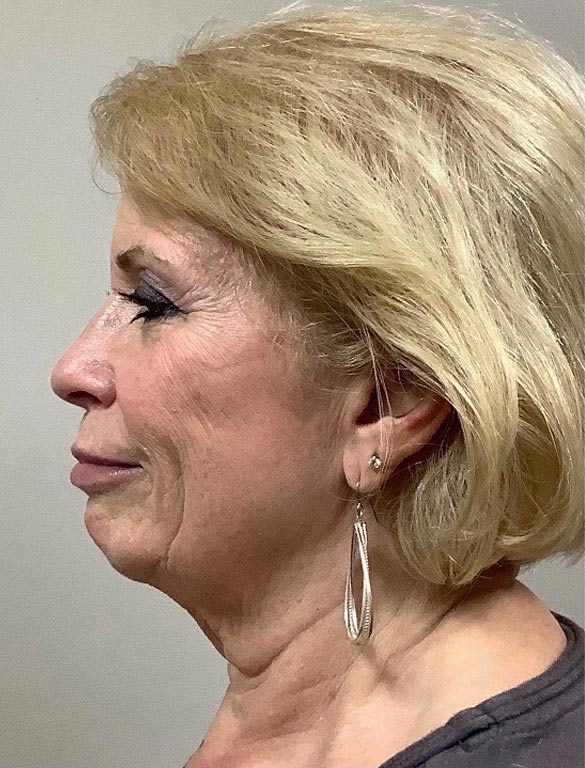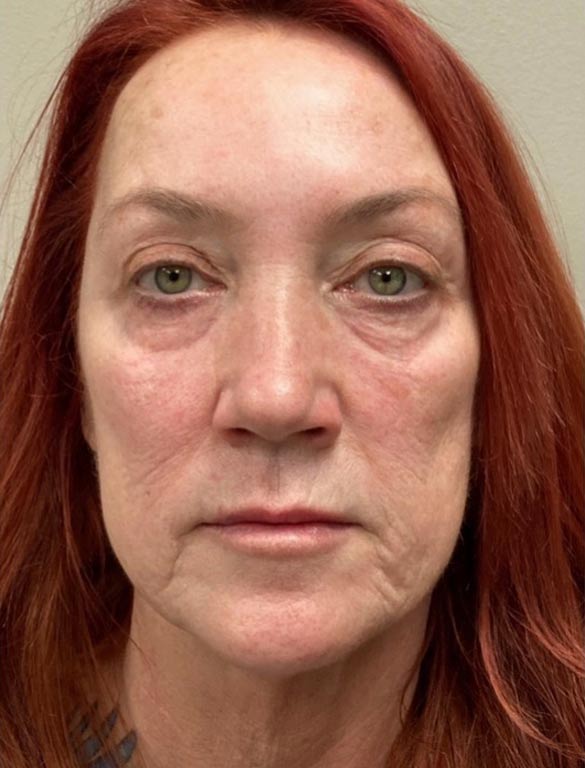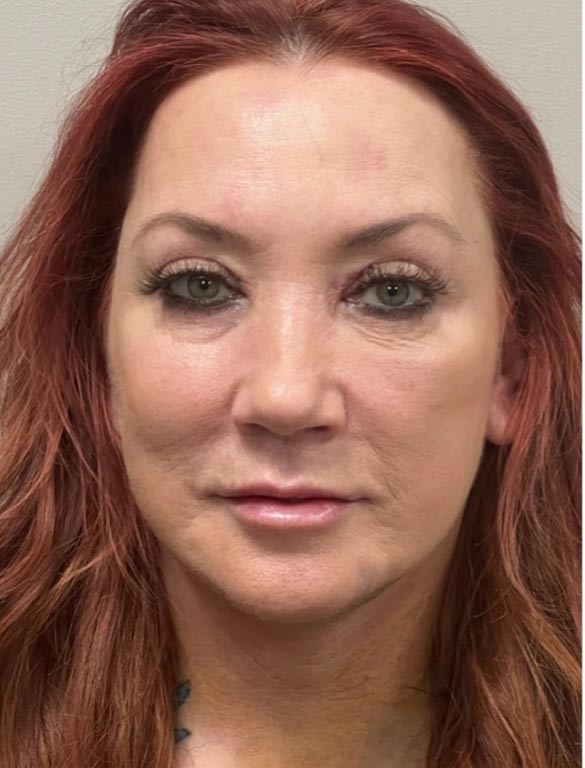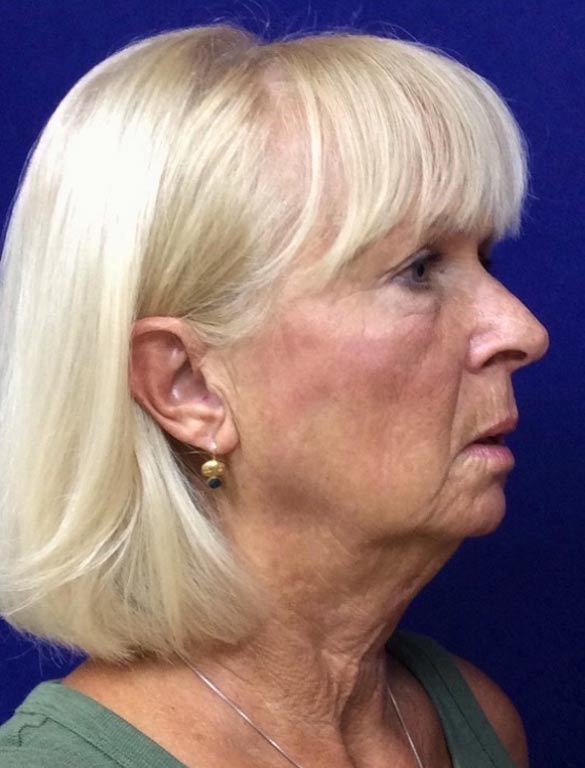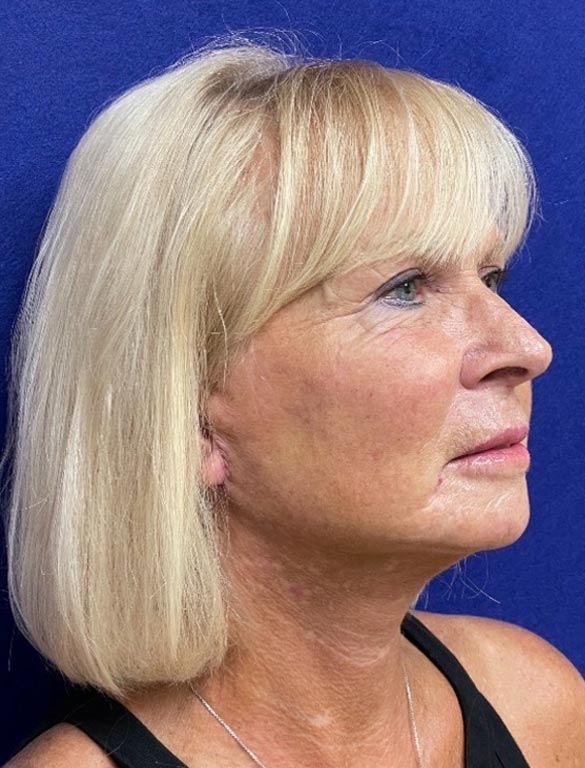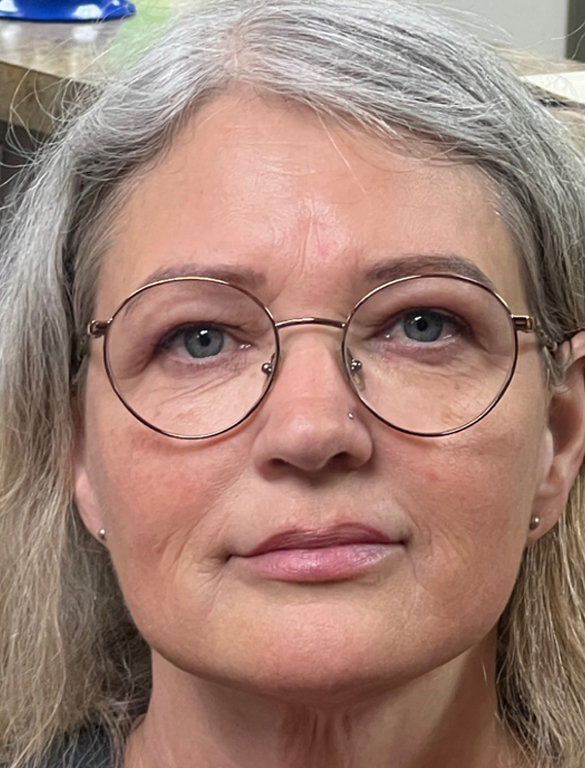
Soaking up the sunshine can feel great and result in a lovely tan for many of us, but that tan is temporary and overexposure to the sun can definitely make itself known in many forms of sun damage. The full affects of exposure to the sun may not be fully evident until significant time has gone by, but there are those even in their mid-twenties and early thirties who are showing the negative effects of skin that hasn’t been properly protected.
Sun Damage Symptoms
Exposure to the sun can cause skin changes that are often associated with the aging process. The sun’s ultraviolet rays damage the skin’s elastin, a natural fiber which keeps the skin elastic, able to bounce back and retain a youthful, full appearance. As this elastin is damaged and breaks down, the skin begins to stretch and sag and lose its ability to go back in place after stretching.
Skin that has suffered sun damage will also struggle to heal as quickly as it once did, allowing the skin to bruise or tear much easier than it used to. Though this may not be apparent earlier in life, the signs will show as the years go on.
There are many unfavorable ways that sun exposure can manifest itself, including:
- Benign tumors
- Fine or deep wrinkles
- Pre-cancerous and cancerous skin lesions
- Sallow complexion
- Elastosis (the destruction of elastin and collagen)
- Telangiectasias, which is the dilation of small blood vessels beneath the skin making them more visible
Skin Cancer
Since skin cancer is the most prevalent form of cancer in all of the United States, with the yearly number of cases continuing to rise, it’s important that people understand what causes skin cancer and skin damage and how they can protect themselves.
Ultraviolet radiation is the leading cause of skin cancer and most types of sun damage, and UV light from tanning beds and booths can be just as dangerous. Don’t assume that exposure to the sunlight in the winter time is any safer than during the summer months. During the daylight, all UVA rays are present and can cause damage over time.
Wear Sun Protection
No matter the time of year, be sure to wear the proper protection when out in the sun. This means hats, sunglasses, sunscreen, and UV protective clothing when you’re planning on being outside for an extended period of time.
If you’re worried about the sun damage your skin has sustained, schedule an appointment with us to treat the damage and side effects for healthier, more youthful looking skin.

